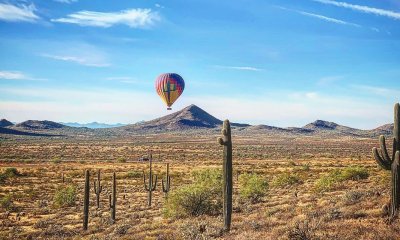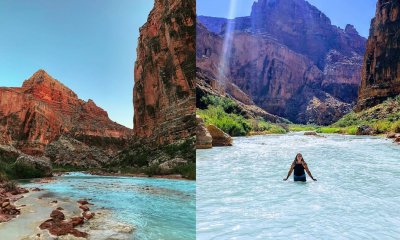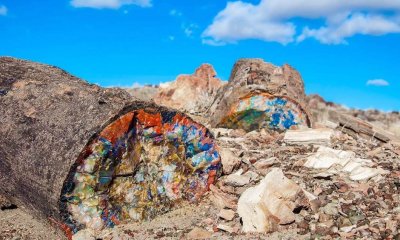Florida
7 of the Most Dangerous Animals Found in Florida
If you’re looking for a sunny, sandy spot to chill for a week, and you’re East of the Mississippi, Florida is likely among your top choices. Vacationers and retirees alike love this state that averages 237 sunny days a year — or more in many towns. Relaxing beaches, diverse and entertaining urban cities… what’s not to love? Behind the scenes, though, Florida is home to some very dangerous animals. Read on to learn about them before you book that plane ticket!
1. American Alligator

Found yourself a secluded swimming area you think will be a nice hideout from the other sun-seeking tourists? Turns out, it might not be such a good idea after all. It’s best to stay on the beaten path is you prefer to avoid this dangerous animal in Florida. Alligators are often confused with crocodiles, but you can tell them apart by the shape of their snout. Alligators have a wide, rounded snout, while crocodiles snouts tend to be pointier. Another notable difference is that while crocodiles stick mainly to the southernmost tip of Florida, alligators can be found all over.
They’re most active between dusk and dawn, so unfortunately that rules out romantic night swims. The experts say that alligators will typically choose to swim away if you don’t provoke them, but stats from the Florida Fish and Wildlife Conservation Commission reveal that there have been 410 attacks since record-keeping began in 1948. Of those attacks, 25 were fatal. Alligators especially love prey they can overpower easily with their powerful jaws– we’re talking pets and small children, so be sure to keep the crew nearby and a close eye out anytime you’re near water.
2. Wild Boars
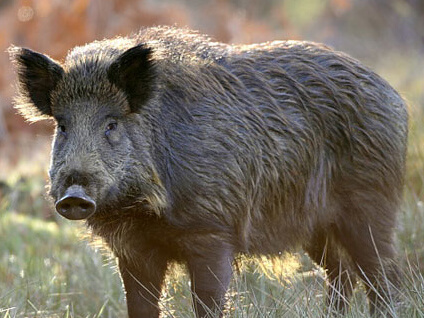
Wild Boars aren’t indigenous to Florida, but they became residents after evolving from the domesticated pigs that were brought to the state in the 16th century by Spanish explorers. Since then, they’ve grown to be quite a problem and have become one of the most dangerous animals in Florida.
If you’re considering visiting the Sunshine State, know that nowhere is safe. Boars can be found in all 67 of Florida’s counties. Nowadays, they can grow to be 200-300 pounds each. Even at that weight, their top speed is 30 miles per hour. To top it all off, they have powerful tusks that can do some serious damage and have been known to attack unprovoked.
As if things couldn’t get worse, wild boars are known for carrying and transmitting bacteria and diseases like tuberculosis. They will eat absolutely anything in their path, and we aren’t joking. Their diet includes everything from manure to their own young, so it’s best to give them as wide a berth as possible.
3. Fire Ants
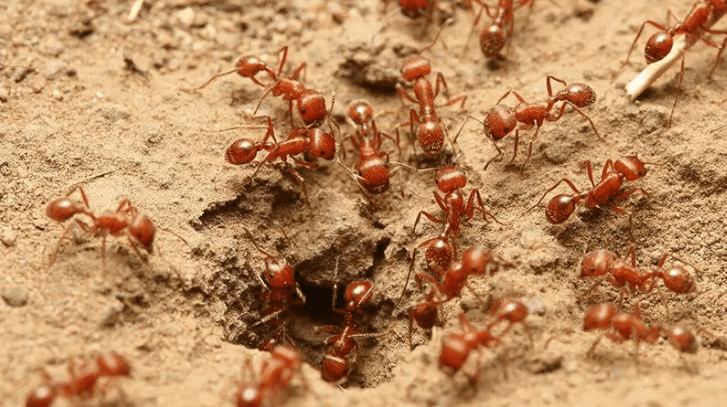
Since being imported from South America, the red fire ant can be found in all of Florida’s counties. While we might be used to insects that only have one good sting in them, this isn’t the case for Florida’s fire ants. Their stings actually make them one of the most dangerous animals in Florida.
These fire ants are capable of stinging multiple times, and they’re all about teamwork. If they feel threatened, they will gather up the gang and swarm, leaving you potentially covered in incredibly painful stings that cause redness, swelling, burning, and itching. If you have an allergic reaction, you might experience a loss of consciousness, dizziness, trouble breathing, and swelling of the tongue or throat. It’s at this point that these stings can become life-threatening.
Even if you’re able to avoid a hospital trip, you still don’t have much to look forward to: these bites turn into white pustules which itch badly, and infection looms if you dare scratch. More than 20 fatal cases have been reported in Florida. Who knew we had so much to fear from something so small?
4. Jellyfish
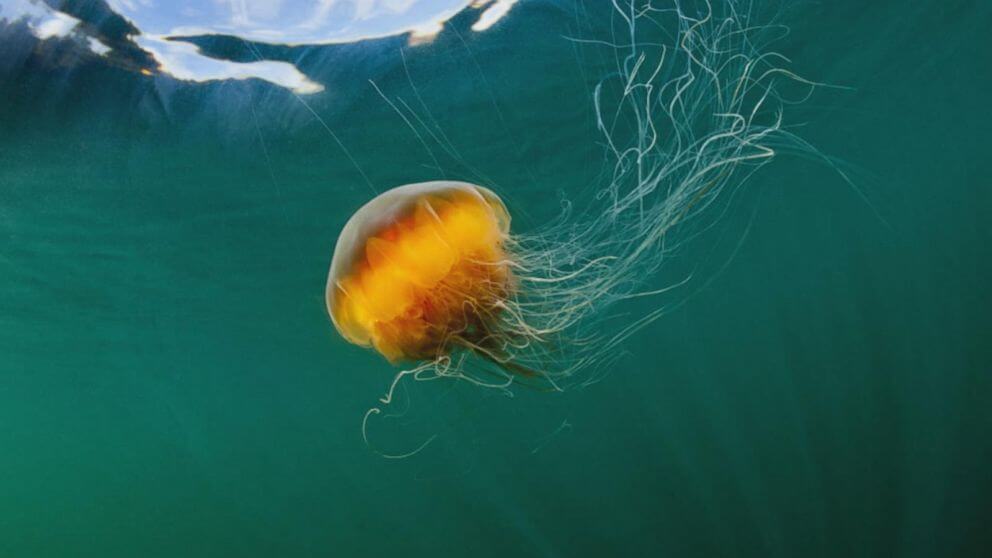
Thinking about jumping into the water for a refreshing swim? You might want to think twice. Thanks to warmer ocean temperatures worldwide, jellyfish are thriving, and Florida’s pristine waters are home to many different species.
Ranging in size from smaller than an inch to tentacles that stretch on for 20-30 feet, the only true way to protect yourself from potential jellyfish stings is to stay out of the water. From the well known Portuguese man-of-war to the lion’s mane jellyfish, and box jellyfish, you’ll find them all in Florida.
The best-case scenario, if you’re stung, is some painful swelling and muscle cramps. But, if you encounter a type like a box jelly, you may fall victim to its paralytic venom that acts on your heart and nervous system leading to difficulty breathing and sometimes even death. 20-30 species of just this type of jellyfish alone can be found in Florida, and on a bad weekend, like one in June 2018, hundreds of stings can be recorded.
To top it all off, because of their translucent bodies, you’ll never see the danger approaching. Maybe you sandy towel doesn’t seem like such a bad hangout after all.
5. Snakes
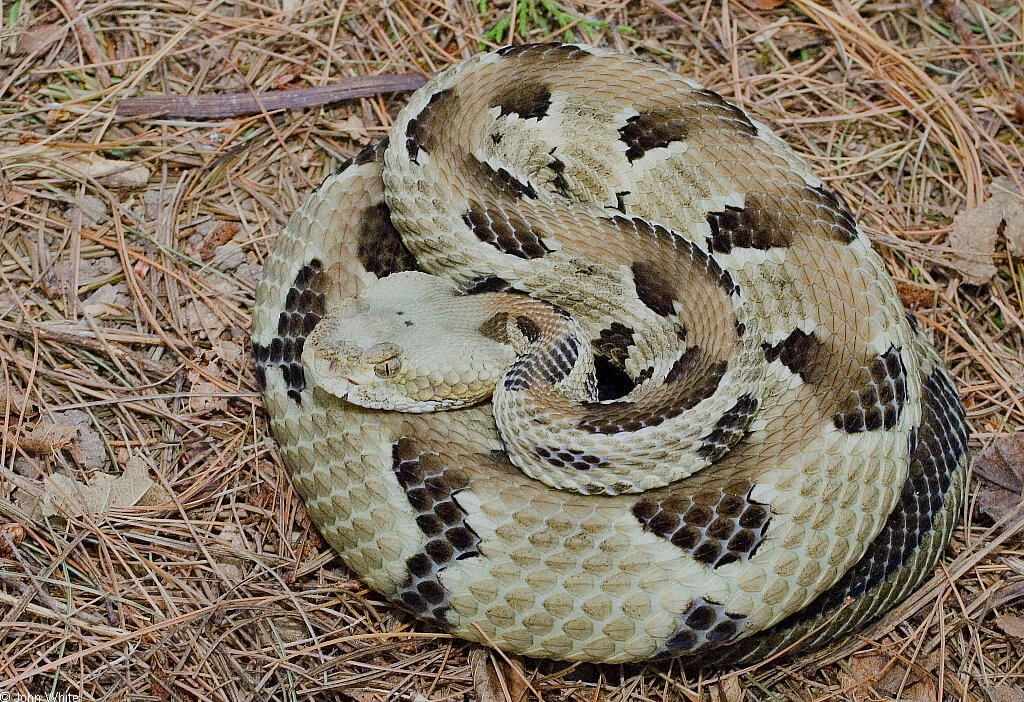
Of a whopping 50 species of snakes found in Florida, 6 venomous types are the ones to be most concerned about. These include Timber Rattlesnakes, Eastern Diamondbacks, Eastern Coral Snakes, Dusky Pygmy Rattlesnakes, Southern Copperheads, and Cottonmouths (a.k.a. water moccasins).
Snakes typically seek to avoid confrontation, but in an unlucky circumstance that you stumble across one and it strikes, you’re in for a very painful bite from any of those on the list. A hospital trip is called for regardless, as severity can vary depending on species, with some bites being fatal. For example, the Timber Rattlesnake, with its larger than average fangs is capable of delivering a huge dose of venom which can be life-threatening if they aren’t treated as quickly as possible. Talk about a vacation ruiner!
6. Spiders
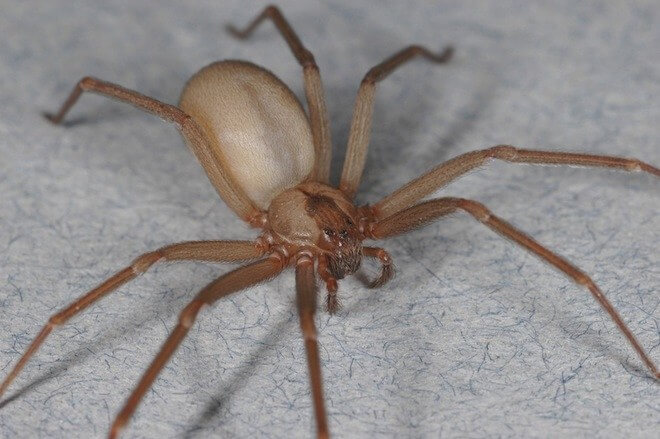
Two types of spiders found in Florida are notably dangerous: the brown recluse and the southern black widow. The brown recluse’s distinctive markings have earned them nicknames like the fiddleback spider, brown fiddler, or violin spider. Actually, one of these spiders’ signature moves is playing dead. Stick your hand into the wrong dark, damp place, though, and you could be in for a painful bite that might not be easily diagnosed.
More common is the southern black widow spider, which is easily identified by the red hourglass markings found on their back. Females of this species are more venomous and live longer as well. If you suspect you’ve been bitten by either of these varieties of spiders, don’t panic! Doing so could increase the flow of venom in your blood. It is critical that you seek immediate medical attention.
Symptoms of either of these bites can include pain, stinging, fever or chills, nausea or vomiting, and many others. Death can occur if not treated properly.
7. Sharks

Last but not least among the most dangerous animals in Florida are sharks, of course. Around 20 species of sharks are commonly found in Florida’s waters.
Great white sharks and bull sharks are two of the worst varieties you can encounter. Not only are they big (we’re talking up to 21 feet long!), but their jaws are designed for shearing.
Most types of sharks are aggressive, and few of them are picky eaters. 24% of all the shark attacks in the world happen in Florida. In fact, New Smyrna Beach was named the shark attack capital of the world by the International Shark Attack File. Experts estimate that if you’ve swum there, you’ve been within 10 feet of a shark. Talk about scary!
Sharks love hunting in murky water where their prey can’t see them coming, so pay special attention if you’re swimming under these conditions, or maybe just stick to soaking up the sun on dry land?
Did you know that Florida was home to so many dangerous animals? Which one scares you the most?












